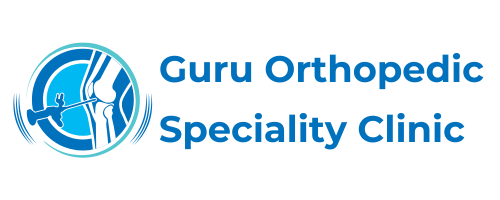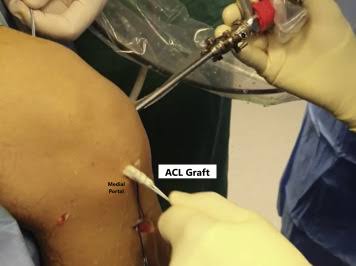
The anterior cruciate ligament (ACL) plays a pivotal role in maintaining knee stability. With the rise in sports-related injuries and active lifestyles, ACL reconstruction has become one of the most commonly performed arthroscopic procedures. Over the past two decades, significant advancements in surgical techniques, graft options, fixation devices, and rehabilitation protocols have redefined outcomes.
Evolution of Graft Selection
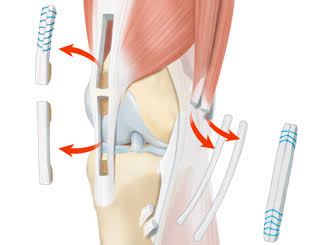
- Autografts remain the gold standard, with hamstring tendon and bone-patellar tendon-bone (BPTB) being the most commonly used.
- Recent studies suggest quadriceps tendon autografts offer comparable strength and less donor site morbidity.
- Allografts and synthetic grafts have improved in sterilization and biomechanical properties, making them viable in select populations (e.g., revision cases, low-demand patients).
Tunnel Placement Precision
- The advent of anatomic ACL reconstruction has shifted focus toward recreating the native ACL footprint.
- Use of 3D imaging, intraoperative fluoroscopy, and navigation systems enhances tunnel placement accuracy, reducing graft impingement and improving rotational stability.
- Independent femoral drilling (anteromedial portal or outside-in) allows more anatomic tunnel positioning compared to transtibial techniques.
Graft Fixation Advances
- Suspensory fixation systems (e.g., cortical buttons) and interference screws remain common.
- Adjustable-loop devices have gained popularity due to intraoperative flexibility and improved graft tensioning.
- Newer bio-composite materials and bioabsorbable fixation devices are being explored for better osseointegration and reduced inflammatory response.
Biologic Augmentation
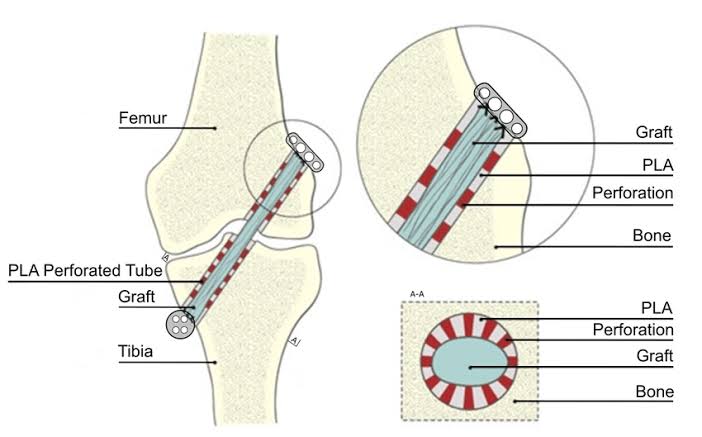
- Platelet-rich plasma (PRP) and stem cell injections are being investigated to enhance graft healing and integration.
- Use of ligament augmentation devices (LADs) and scaffold-enhanced ACL repairs (e.g., BEAR technique) are under clinical trials, offering promising early results in biologic ACL repair.
Enhanced Recovery Protocols
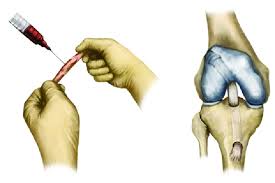
- Accelerated rehabilitation with early weight-bearing and range of motion is now standard.
- Integration of wearable technology for objective monitoring of knee kinematics and compliance is becoming more prevalent.
- Neuromuscular training post-operatively has shown to reduce re-tear rates, especially in young athletes.
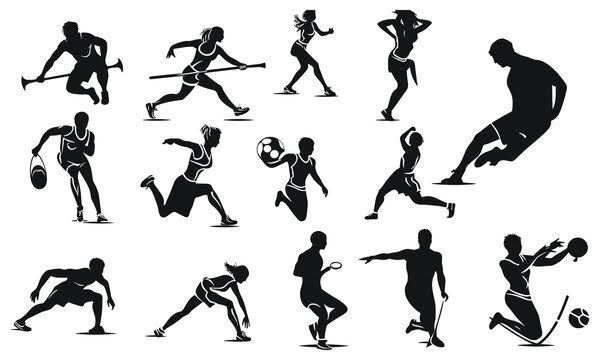
Outcomes & Challenges
- Modern techniques have led to faster return to sports, improved functional scores, and reduced failure rates.
- However, challenges remain in individualized rehabilitation, prevention of contralateral ACL injury, and managing psychological readiness for return to sport.
- Long-term follow-ups are essential to understand osteoarthritis progression and graft survivorship.
Advancements in arthroscopic ACL reconstruction have significantly improved patient outcomes. Precision in technique, biologic enhancement, and data-driven rehab protocols continue to shape the future of ACL surgery. However, personalized surgical planning and holistic rehabilitation remain key to optimizing success.
